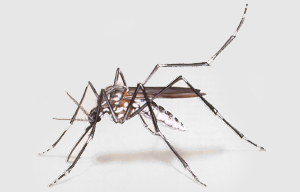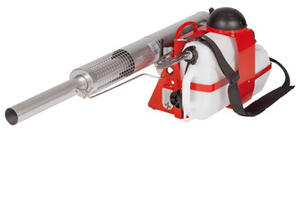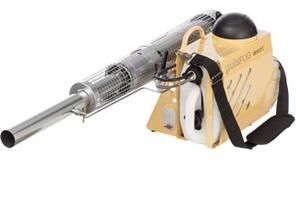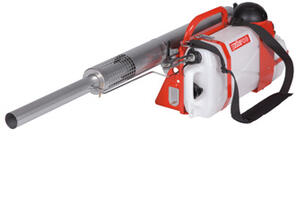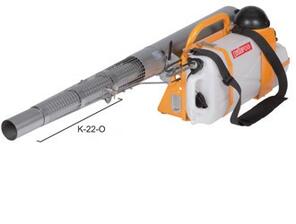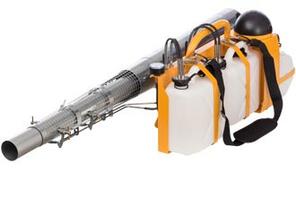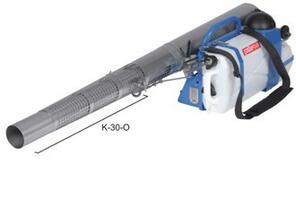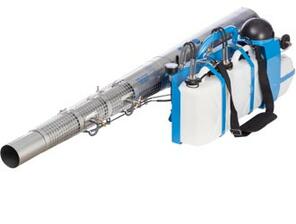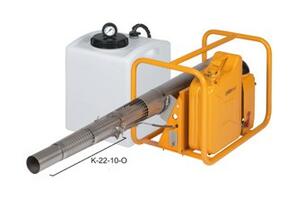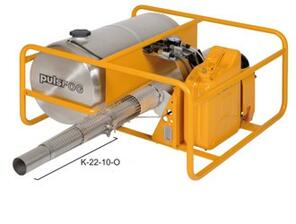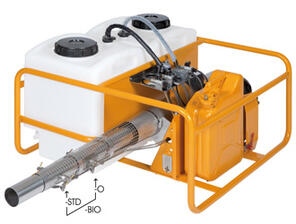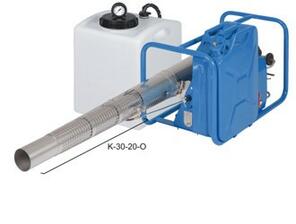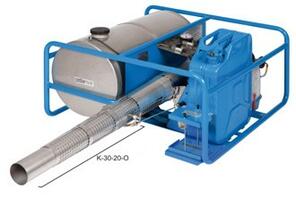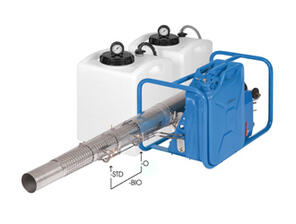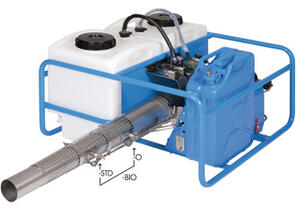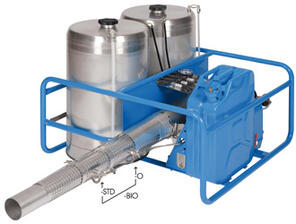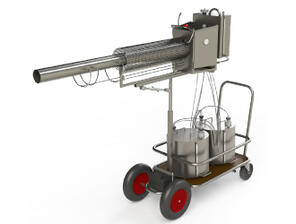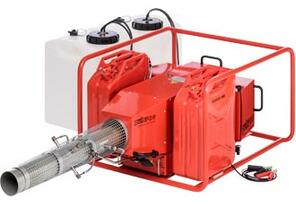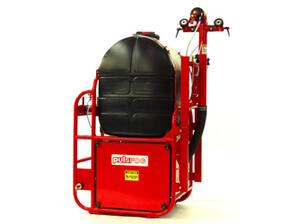pulsFOG K-10-SPe
- Thermal Fogger
- Portable
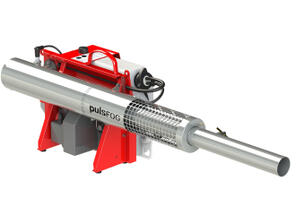
Mosquitoes are worldwide in distribution. They are dangerous as vectors of many Diseases. Especially in the tropical zones mosquitoes are increasingly infected by the malaria and dengue fever parasite. The parasite is introduced into the victim’s body by the bite of a female mosquito seeking the blood feed she needs in order to produce viable egg. The parasites find their way into the liver of the victim from where the developmental stages enter the blood again.
If the victim is bitten by other mosquitoes the parasites are sucked up into the mosquito' stomach where they multiply sexually completing the life cycle with the effect of continuous distribution from victim to health man. Whereas the mosquito season in the moderate zones is generally from spring to autumn, mosquitoes are active all the year round in the hot, humid tropics. Most species hide during the day and become active only during the night.
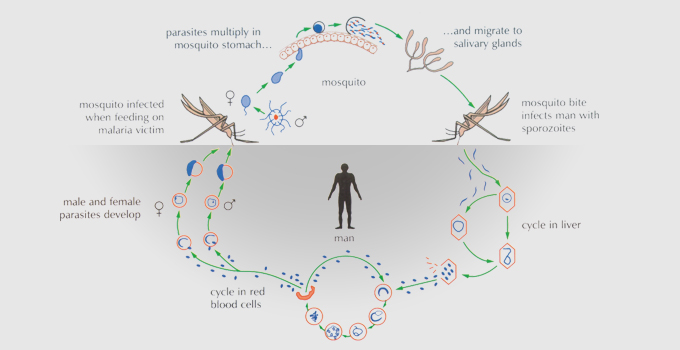
The effect of biocides on pests is not only governed by the active ingredient itself but also by the formulation and application method (droplet sizes) selected. According to WHO specifications adult mosquitoes are effectively controlled with droplet sizes <16 µm. Additionally climatic conditions have to be respected (humidity and air velocity) to select a suitable droplet size and formulation. Mosquito larvaes living in wet habitat require larger and heavier droplets with a higher fall speed.
Aerosols are generally determined as droplets or particles suspended in air with a size < 50µm (1µm=1/1000mm). Cold and thermal foggers are designed to produce the required droplet spectrum. The pulsFOG machine produces an immense aerosol cloud which remains suspended in the air near ground level, drifting through the target area often inaccessible for men. Thermal fogging has proved to be the most effective method for the control of mosquitoes, flies and nuisance insects also in residential areas.
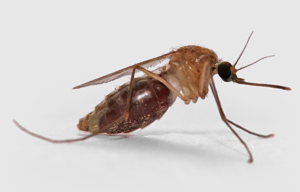
The female anopheline mosquito plays an important part as vector in the life cycle of malaria parasite. She is the vector for the parasite and responsible for distribution. Destroying this vector lead to interruption of life cycle and to restriction of parasite spreading.
The most important vector of dengue virus is Aedes Aegypti a mosquito originated in Africa and spread around the world. This mosquito transmits the dengue virus via bite only. Once infected it remains infective the rest of its lifespan (~ 15-60 days). The adult mosquitoes would bite only during the rainy season. It is dangerous as potential vector of dengue as it became adapted to urban life of people and even breeds and survives in home and garden if there is any water puddle present.
